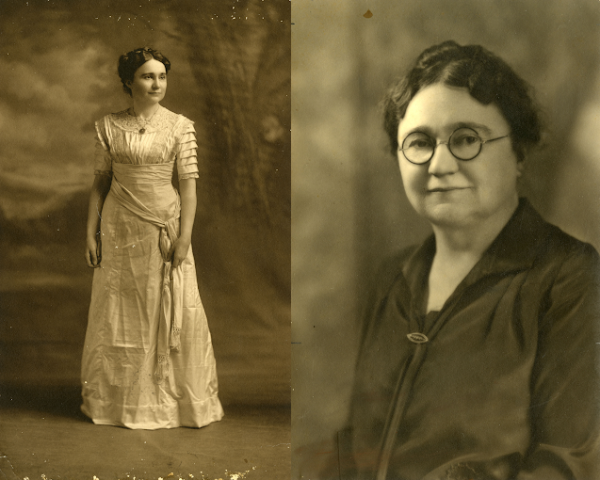Cinema shifts
Sooner or later, everything changes. Evolving and adapting will always be necessary to survive.
For instance, movie theaters have changed since the first permanent cinema, also known as the “moving picture” house, established in Pittsburg, Pennsylvania in 1905. Back then, movie theaters were a new and unique source of entertainment.
My grandfather, Earl Lamar Bramblett, went to his local movie theater all the time because he loved watching films, and in the 1930s, that was the only way. Eventually, when he was in high school, he got a job there.
“I was able to see the movies for free, which was huge,” Bramblett wrote in a journal. “That was a coveted job back then, working in the movie theater.”
Unlike in 1930, people no longer have to physically be in the cinema to see a movie. Cinemas have had to adapt to keep up with the rise of home TVs and later, the internet. Most recently, they have even taken to serving full meals and boasting reclining chairs and tray tables to bring in people who may stay at home simply because they can.
Now, streaming services are everywhere. Beyond Netflix, you can catch films on Amazon Prime, Hulu, HBO Go, Kanopy, Shudder, Google Play, Vudu and YouTube. Additionally, there are a myriad of illegal streaming sites where you can watch just about anything free of charge. Last year, 20th Century Fox’s anti-piracy research company observed that 32 percent of adults in the U.S. admit to illegally streaming and downloading movies. This includes movies currently in theaters, all accessible right at home.
My grandfather never sold a cheeseburger and fries when he worked concessions, and he never had to recline seats to clean out fallen pieces of popcorn. But then, if he wanted to watch a movie, he had to go to the cinema. Back then, theaters did not have to account for people wanting an at-home experience because the at-home experience did not exist.
In the past, cinemas did not have to make their theaters as comfortable and convenient as the audience’s own sofas. They also did not have to provide extra entertainment like 3D and IMAX so that leaving the house to watch a movie that could be streamed online in regular HD has more benefits than staying in.
Directors and critics will say that a particular movie “must be seen on the big screen,” especially those released in IMAX. IMAX makes images crisper, colors richer and sound fuller. For “Dunkirk,” a film released last summer, critics, such as David Ehrlich, urged viewers to do whatever they must to see the film. “Wait however long you need to wait, travel however far you need to travel (to see it),” Ehrlich wrote on Twitter.
When movie theaters were first introduced, IMAX and tabletop cinemas were not required to draw out a crowd. The Nickelodeon in Pittsburg was a simple establishment. It showed only one film at a time and sold tickets only, no popcorn. The theater showed one film at a time, had 96 folding chairs, and a line of 450 people waiting to get in on opening day. It was entertainment people could not get at home, and everyone wanted to go.
The evolution of cinemas now works both ways by providing things that people cannot get at home, while also providing them with everything they can get at home. The environment has changed, but the purpose of cinemas has not.








